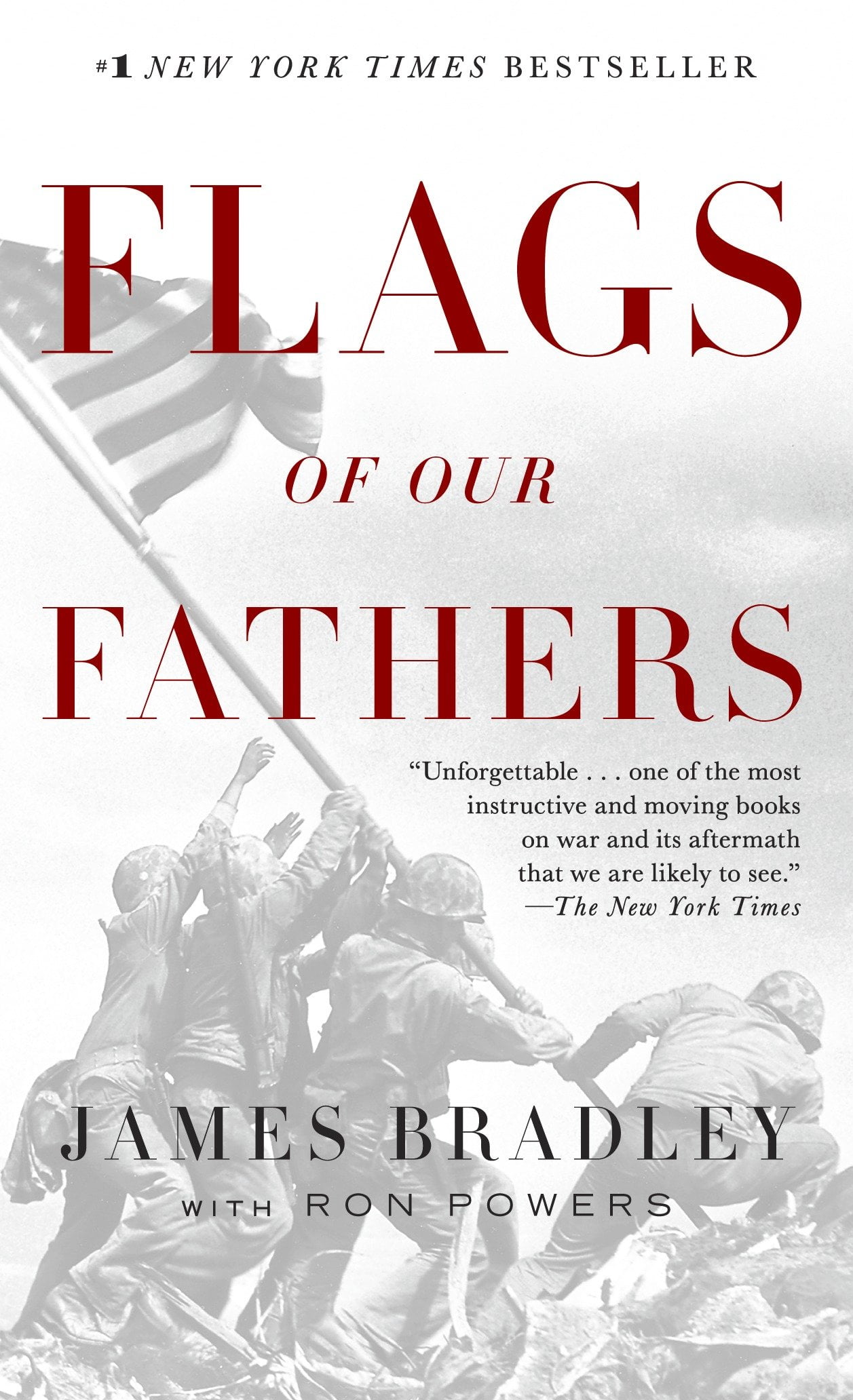
In an emotionally-wrenching scene in a hotel room before a military superior, Beach's character breaks down and poignantly expresses the camaraderie and love felt for the fallen members of his battalion. Hayes never felt comfortable in claiming status as a hero for his involvement in the flag-raising.

Among the fine ensemble cast, it is impossible to forget Adam Beach's sensitive and heartbreaking performance as Ira Hayes, a Native American who is simultaneously made into a war hero and marginalized due to his race. As a minor spoiler alert: please be sure to stay through the film's closing credits for a thoughtful montage of still photographs of the Battle of Iwo Jima, as well as the three protagonists, Bradley, Gagnon, and Hayes. The questions that the film carefully traces are (1) Who were the Marines pictured in the famous photograph? and (2) Was this famous tableau a "staged" scene, as opposed to a real event? To answer these questions, the film moves episodically among three time-frames-the horrifying battle for the hill at the western tip of Iwo Jima the time in which three servicemen are identified as the heroes in the picture and paraded ceremonially around America to promote the sale of war bonds and the time of the death of John "Doc" Bradley, one of the alleged Iwo Jima flag-raisers, as his son seeks to learn the hidden truth about his dad, much like the newspaper reporter on the trail of "rosebud" in "Citizen Kane." The outstanding pacing of the film by Eastwood is matched by the creative cinematography and the work of designers who accomplish these extraordinary tasks: the recreation of the Iwo Jima theater of war with location filming a spectacular amphibious landing grisly scenes of us detailed period scenes on the home-front. The "rosebud" of "Flags of Our Fathers" is one of the greatest icons of American history: the photograph of the raising of the flag on the tiny island of Iwo Jima and the strategic importance of the bloody combat for the acquisition of a landing strip to nearby Japan for American planes. It begs comparison with Orson Welles' screen masterpiece "Citizen Kane" in the film's scope and its structure. 'Flags of Our Fathers' an important side of the war that almost vanished into oblivion but thanks to Eastwood and his team, many people today will know about it.Īs directed masterfully by Clint Eastwood, "Flags of Our Fathers" plays both as a war film and a sensitive human drama. All the performances are good but it is Jesse Bradford, Adam Beach and Ryan Phillipe who stand out as the three survivors, particularly Phillipe who is restrained. Eastwood's soundtrack is intense and gives voice to the unspoken words. It starts off with the war sequences and then follows the three surviving flag-raisers revisiting the war in flashbacks.
Flags of our fathers movie#
The editing is tight as the movie flows at a smooth pace. War isn't glorified and the aftereffects are shown with subtlety rather than blatant preaching. Even the label of a hero was not enough for Hayes to get a drink at a bar. Eastwood has also briefly but effectively tackled the racism theme. The real truth is ignored, the illusion of a photo is confirmed as truth, the three soldiers are burning in the inside while obliged to parade themselves and then they are left with nothing, just memories of the war. They are extremely effective as are the scenes where the three survivors are being paraded by officers in order to sell military bonds.

It reminds me of the early sequences of 'Saving Private Ryan' as its shot with washed out colours and the scenes are just as visceral and hard-hitting.

The war sequences are skillfully executed. He captures the time period well on screen. Having always admired Eastwood for tackling complex subjects, he does a wonderful job of telling an event that is not known to many. Haggis, Eastwood and Spielberg team up to tell a less known but poignant story about 6 soldiers who were the second flag-raisers of Iwo Jima and how an event that does not seem so significant is captured on photo and becomes one of the most crucial events in America during WWII.


 0 kommentar(er)
0 kommentar(er)
